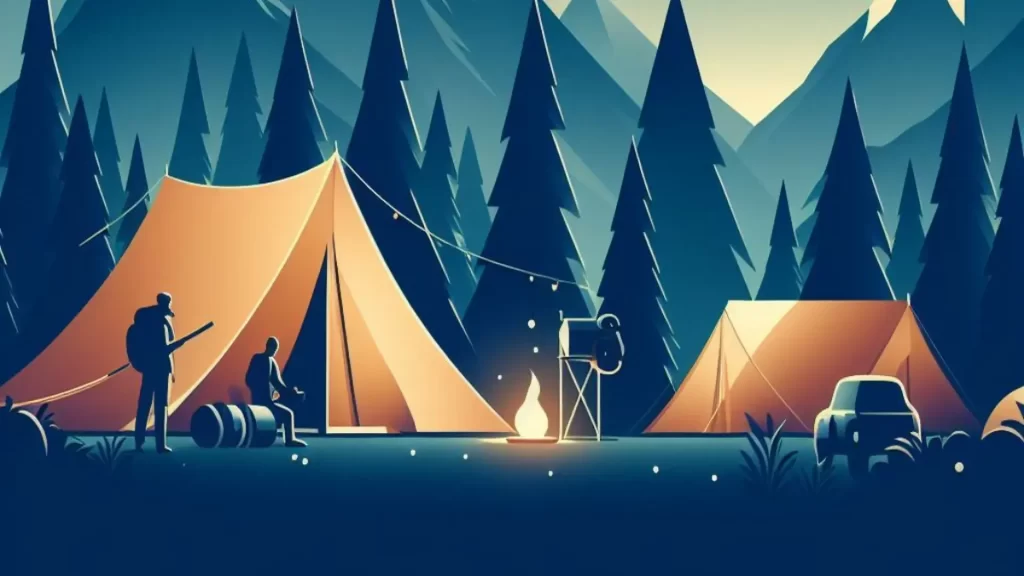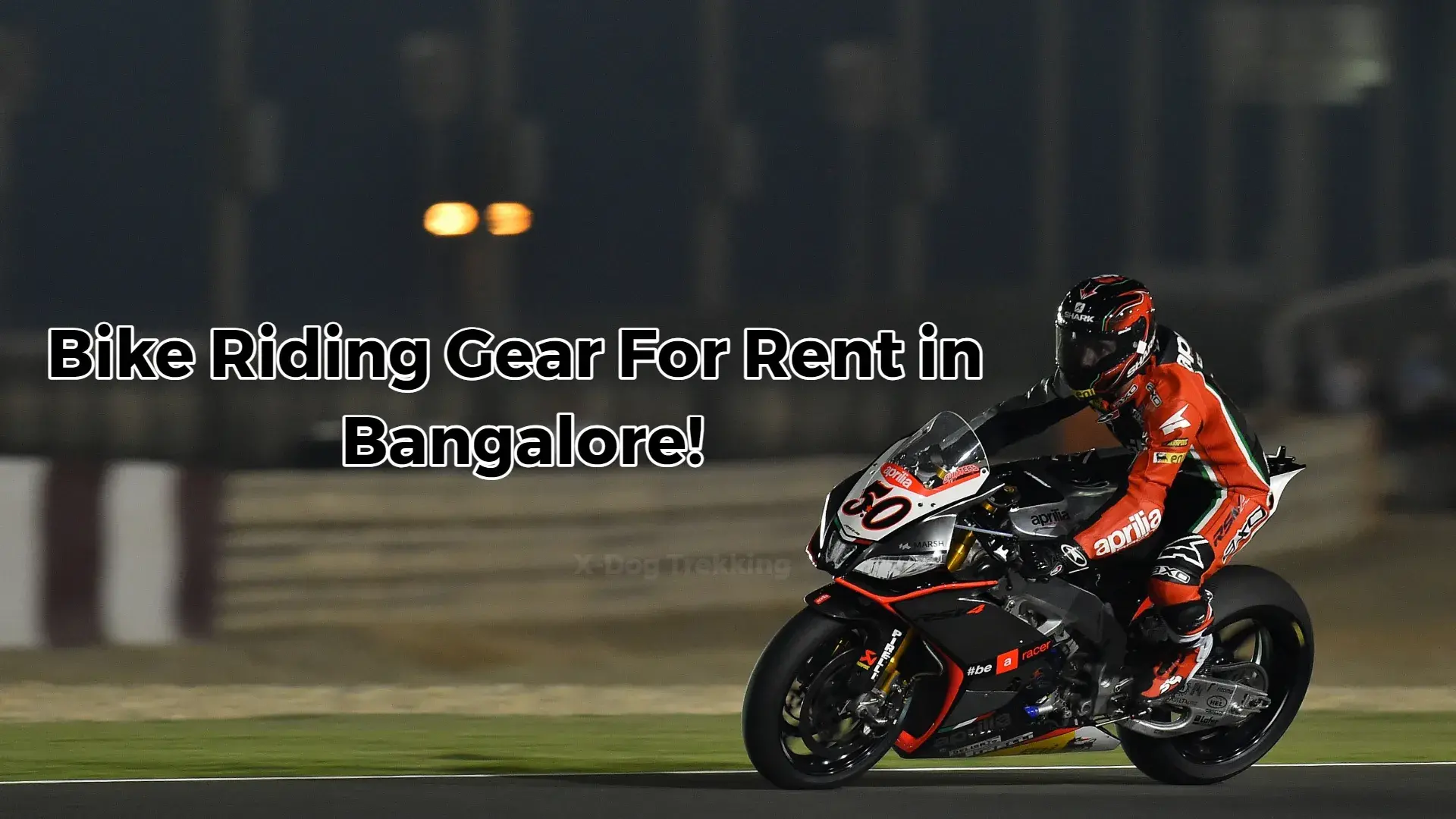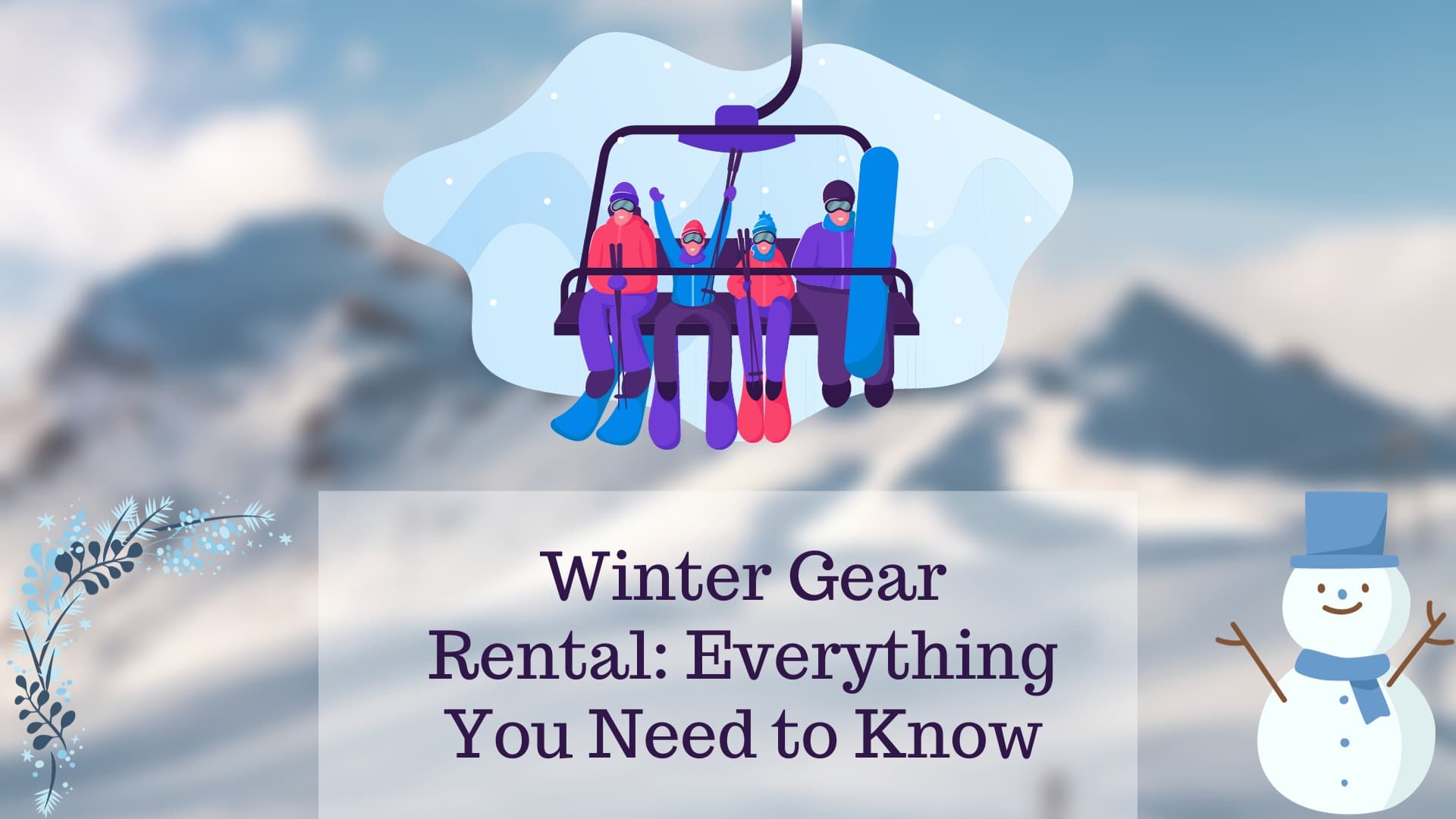Choosing the right trekking tents for rent is essential and seems not a successful and enjoyable outdoor adventure. Your tent will be your home away from home on the trail, so it’s important to choose one that’s comfortable, durable, and weather-resistant.
The Adventure Begins- A Trek Through the Himalayas. Picture this: You’re high in the Himalayan mountains, surrounded by towering peaks, dense forests, and the crisp mountain air. The trail beckons, promising breathtaking vistas and unforgettable experiences. But as the sun begins to set, you need a reliable shelter to rest and recharge for the next day’s journey. This is where the right trekking tent can make all the difference.
In this comprehensive guide, we’ll take you on a journey through the world of trekking tents for rent, exploring their types, features, and factors to consider when choosing the perfect one for your next adventure. Join us as we embark on a trekking expedition in the heart of the Himalayas, where the choice of tent can make or break your experience.
What is a Trekking Tent?
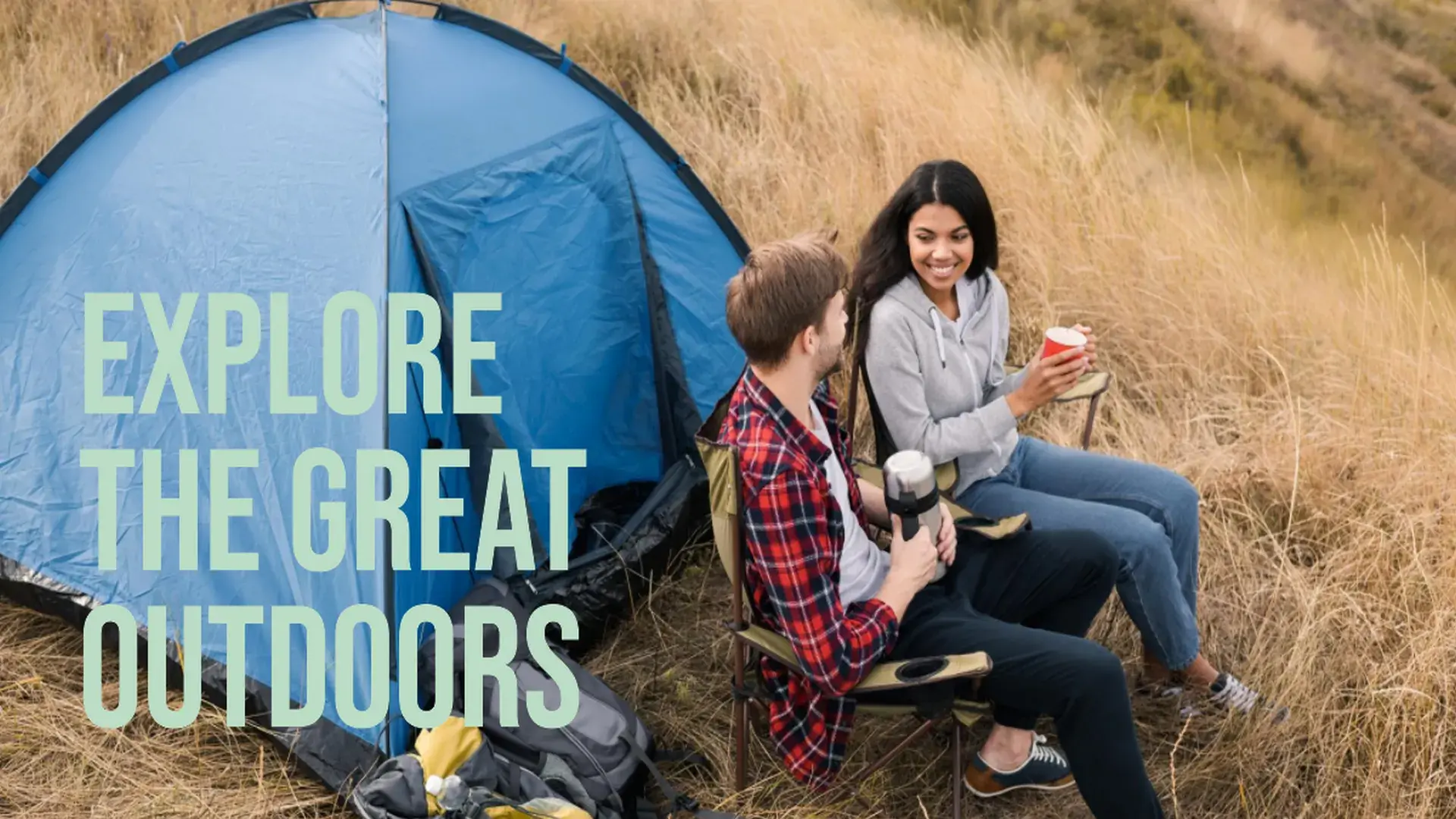
Trekking tents are essential gear for outdoor enthusiasts who want to explore the wilderness. They provide a lightweight and portable shelter that can protect you from the elements, even in challenging conditions, making them ideal for overnight treks and backpacking trips.
Trekking tents are engineered to be durable, weather-resistant, and easy to set up. They typically feature rainflies to keep out the rain, sturdy fabrics to withstand wind and snow, and color-coded systems for quick and easy setup. Many trekking tents also have features such as mesh panels for ventilation, gear lofts to store gear, and vestibules for extra storage space.
When choosing a trekking tent, it is important to consider factors such as the number of people who will be using the tent and the weather conditions you will encounter. If you are trekking with a group, you will need a tent that is large enough to accommodate everyone comfortably. If you are trekking in cold or wet weather, you will need a tent with a rainfly and sealed seams. It is also important to choose a tent that is easy to set up, especially if you will be trekking in remote areas where you may not have access to help.
Trekking tents can range in price from a few hundred dollars to over a thousand dollars. It is important to choose a tent that fits your budget and needs. If you are new to trekking, you may want to consider renting a tent before you buy one. This will allow you to try out different types of tents and see what works best for you.
Why Rent a Trekking Tent?
Renting a trekking tent can be a practical choice, especially if you are an occasional trekker or if you’re exploring a new terrain. Renting allows you to access high-quality tents without the investment of purchasing one. It’s also an ideal way to experiment with different types of tents to find the one that best suits your needs.
Factors to Consider When Choosing a Trekking Tent to Rent
Before you embark on your trekking adventure, it’s crucial to evaluate several key factors to ensure you choose the right tent for your journey. These factors include the type of tent, its features, and considerations based on your specific needs.
Types of Trekking Tents
Trekking tents come in various styles, each designed to cater to different needs and conditions. Here are the primary types:
Dome Tents
Dome tents are popular among trekkers due to their simple yet robust design. They are easy to set up, offering good stability in moderate weather conditions. Their compact shape makes them a great choice for solo trekkers or small groups.
Geodesic Tents
Geodesic tents are designed for extreme conditions. They feature a more complex pole structure that provides superior stability in high winds and heavy snow. These tents are excellent for alpine treks and expeditions.
Tunnel Tents
Tunnel tents have a long, cylindrical shape and offer ample space for gear storage. They are well-suited for treks where comfort is a priority, as they provide more headroom and storage space than dome tents. It’s important to note that tunnel tents can also be a good choice for solo trekkers as they offer more headroom and storage space than dome tents.
Trekking Tent Features
When selecting a trekking tents for rent, consider the following features:
Weight
The weight of your tent is crucial, as you’ll need to carry it during your trek. Lighter tents are easier to transport but may sacrifice durability.
Capacity
Choose a tent that comfortably accommodates your trekking group. Keep in mind that larger tents are heavier and may require more time to set up.
Seasonality
Tents are categorized into different seasons: 3-season and 4-season. 3-season tents are suitable for spring, summer, and fall, while 4-season tents are designed for year-round use, including winter treks.
Weather Resistance
Consider the weather conditions you’ll encounter. Ensure your chosen tent can withstand rain, snow, and wind. Look for tents with rainflys and robust zippers.
Ventilation
Proper ventilation prevents condensation inside the tent. Look for tents with mesh panels and adjustable vents to allow air circulation.
Durability
Trekking tents need to withstand the rigors of the trail. Quality materials, reinforced seams, and durable zippers are essential for long-lasting performance.
Additional Features
Some tents come with additional features such as vestibules (porches) and gear lofts. These features can be helpful for storing gear and keeping the inside of the tent clean.
Price
Your budget is a significant factor in choosing a rental tent. Balance cost with the features and quality you require.
How to Choose the Right Trekking Tents for Your Needs
Now that you’re aware of the different types and features, let’s discuss how to make the best selection for your trek.
Consider the Type of Terrain
Evaluate the terrain you’ll be trekking on. If you’re going to the mountains, a geodesic tent might be ideal. For less challenging terrain, a dome or tunnel tent can suffice.
Consider the Weather Conditions
Think about the climate you’ll encounter. If you’re trekking in unpredictable or extreme conditions, a 4-season tent is a safer bet. For milder weather, a 3-season tent is sufficient.
Consider the Size of Your Group
Select a tent size that fits your group comfortably without being overly spacious. A snug fit is warmer and lighter.
Consider Your Budget
Setting a budget for your rental tent and sticking to it is essential to ensure that you don’t overspend on your trekking adventure. Rental prices can vary depending on the type of tent, the features, and the rental outfit. To find the best deal, it’s important to research and compare prices from different companies.
Consider the Size of Your Sleeping Bags and Sleeping Pads
When choosing a tent, it’s important to consider the size of your sleeping bags and sleeping pads. You want to make sure that you have enough room to move around comfortably inside the tent.
Tips for Renting a Trekking Tent
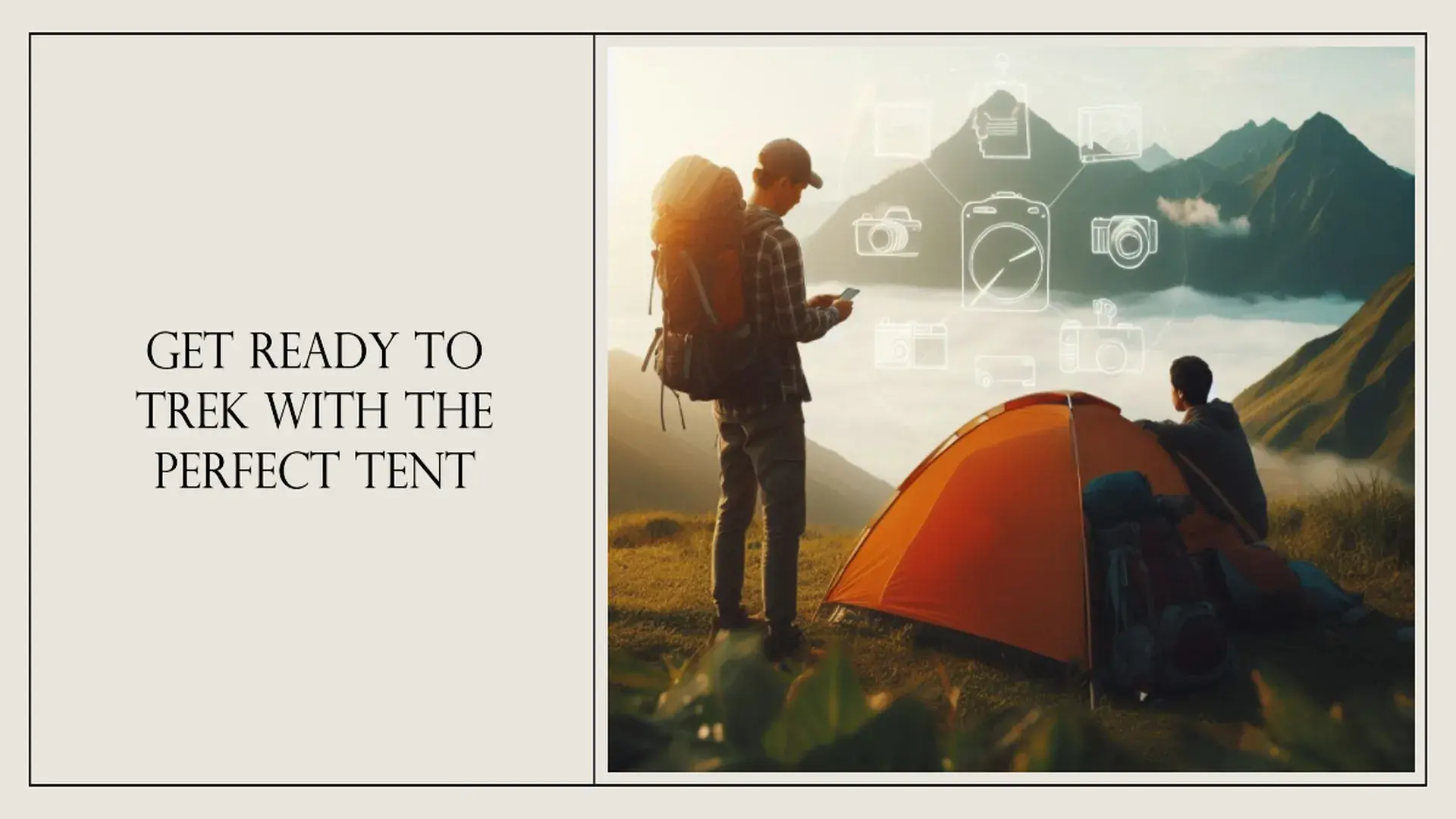
To ensure a smooth trekking experience, here are some additional tips for renting a trekking tent:
Choosing the Right Rental Company
When choosing a rental company, consider factors such as their reputation, customer reviews, and the condition of their rental equipment. Opt for a company that has a track record of providing high-quality, well-maintained tents.
Book Your Rental in Advance
Trekking tents are in high demand, especially during peak trekking seasons. To secure the tent you want, book your rental well in advance.
Inspect the Tent Before Renting
When picking up your rental tent, thoroughly inspect it. Check for any damages or missing parts, and ask questions if needed. It’s essential to ensure the tent is in good condition before you hit the trail.
Ask About a Damage Waiver
It’s a good idea to ask the rental company if they offer a damage waiver. This can protect you from having to pay for any damage to the tent that occurs while you’re renting it.
Pack the Tent Properly for Your Trip
Follow the instructions provided by the rental agency for packing and transporting the tent. Proper care will help maintain the tent’s condition and ensure it serves you well throughout your trek.
FAQs (Frequently Asked Questions)
1. Can I rent a trekking tent for a single person, or are they usually for groups?
3. What is the difference between 3-season and 4-season tents, and which one should I choose?
4. How far in advance should I book a rental trekking tent?
5. What should I do if I damage a rental tent?
Conclusion
Choosing the right trekking tents for rent is essential for a successful and enjoyable outdoor adventure. By considering the type of tent, its features, and your specific needs, you can ensure that you have a reliable shelter to protect you from the elements while you’re on the trail.
Read also: Bike Riding Gear for Rent in Bangalore at the Lowest Price
Additional Tips
Here are a few additional tips for choosing and renting a trekking tent:
- If you’re unsure which type of tent is right for you, ask a friend or family member who is experienced in trekking for their recommendations.
- Once you’ve chosen a type of tent, read reviews of different models to compare features and prices.
- When renting a tent, be sure to ask about the rental company’s policies on cleaning and returning the tent.
- If you’re planning on trekking in a remote area, it’s a good idea to bring a backup tent or tarp in case of damage.


